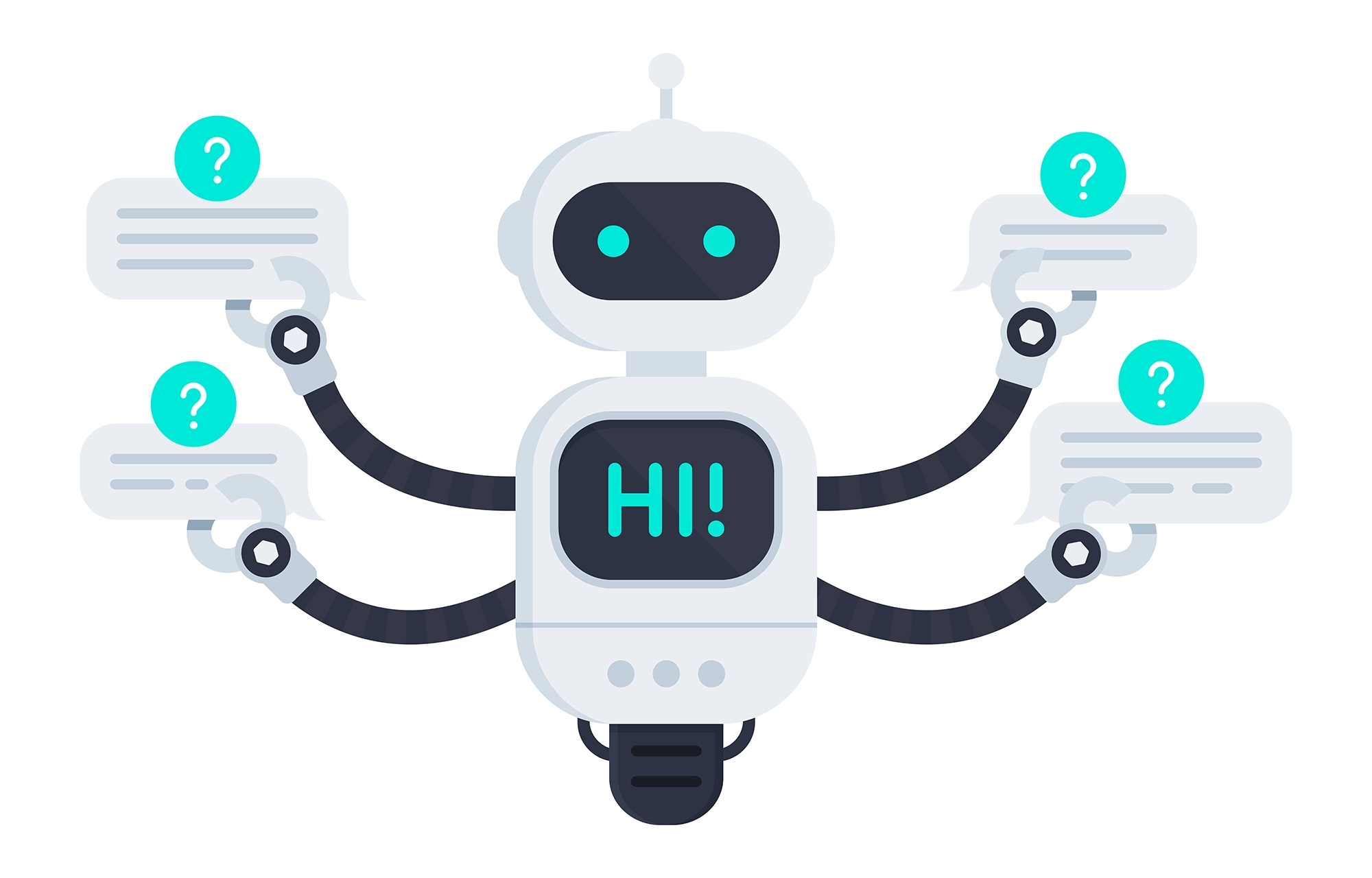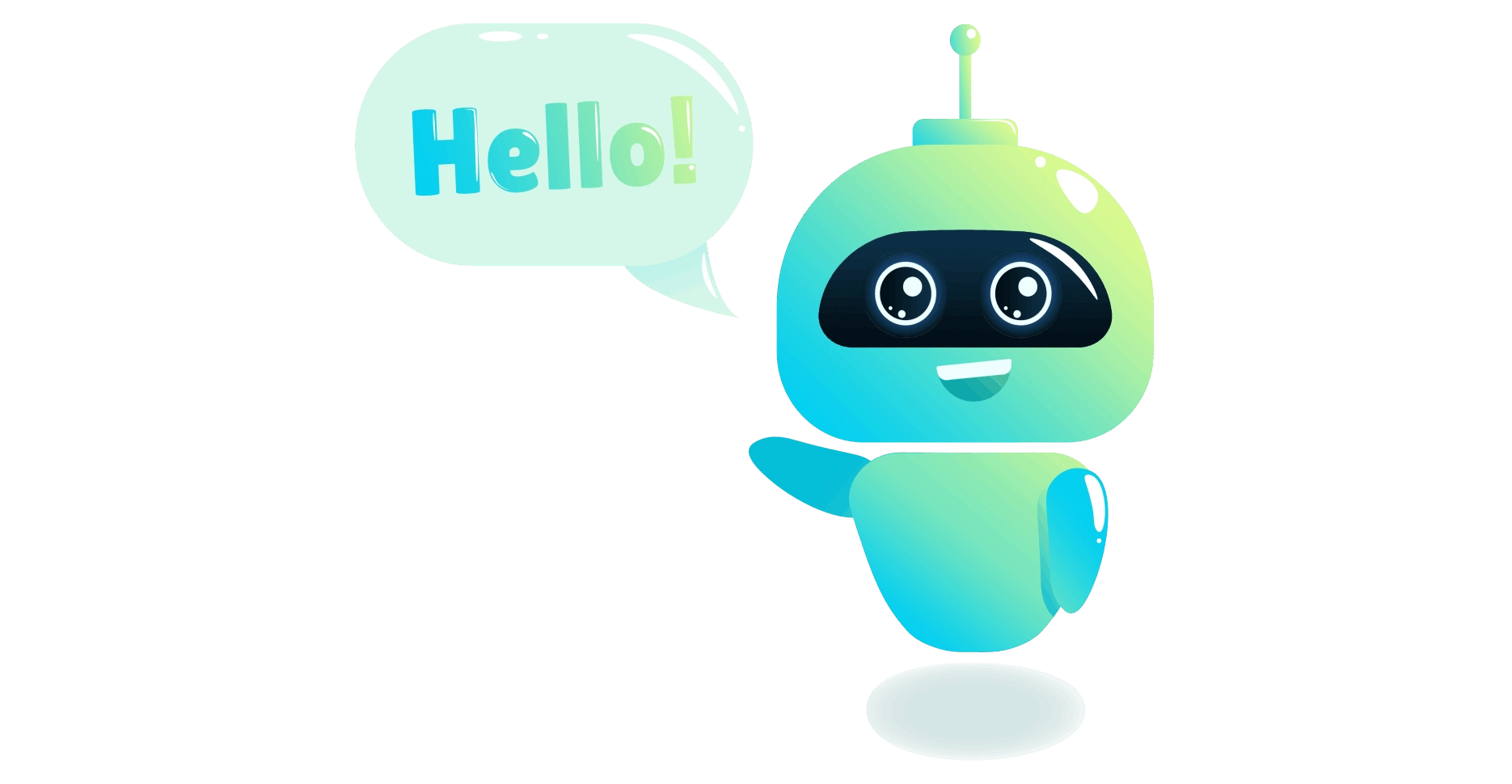Human Computer Interaction (HCI) ?
Human-computer interaction is an interdisciplinary field of study that focuses on the design of computer technology, particularly the interaction between humans or users with computers. Although this field initially only dealt with computers, its studies have gradually included the design of information technology in almost all its forms; As an interdisciplinary field of study, it links with computer science, behavioral science, design, media studies, and several other scientific fields.

The term human-computer interaction was first popularized by Stuart Keycard, Alan Knoll, and Thomas Pimoran in their book, The Psychology of Human-Computer Interaction, published in 1983. This term refers to the fact that, unlike other tools with limited uses, a computer has a wide range of uses, which happens like an open-ended conversation between the user and the computer. This notion of conversation equates human-computer interaction with human interaction, a comparison of key importance for theoretical analyses in this field.
Human-computer interaction and user interface
The human-computer interface is often referred to as the point of contact between the human user and the computer. The circulation of information between these two is often known as the Loop of Interaction; This loop is not one-dimensional and includes several distinct aspects, some of which include:
- Visual: human-computer visual interaction.
- Auditory: human-computer auditory interaction.
- Task environment: conditions and goals determined by the user.
- Machine environment: the environment where the computer is located.
- User interface scopes: processes that are dedicated to interaction.
- Input Flow: Flow of information that starts when performing tasks.
- Output: Information flow that starts from the machine environment.
- Feedback: loops of the user interface, which evaluate, analyze, and validate processes.
- Coordination: The match between the computer design, the user, and the task is transferred to the computer.
Human-computer interaction studies in each of the above fields seek to understand how humans communicate with computer machines and improve systems in this field; According to Wikipedia, human-computer interaction refers to the modern and diverse knowledge and technology of studying, designing, implementing, and evaluating computing systems involved in conversations and interactions between human users on the one hand, and computers and intelligent software agents on the other hand; This field is the science of human-computer interaction; In fact, this science is the point of intersection of computer science and design behavioral science and several other sciences, human-computer communication and interaction happen through an interface; which includes software and hardware.
Human-computer interaction goals for computers
As mentioned earlier, this field deals with studying how humans use (or do not) computer computing systems, communication systems, and infrastructures. A major part of the research in this field is focused on improving computer user relations applications to improve human-computer interaction. How exactly the application is understood, how it is related to other social and cultural values, and when it is satisfactory and when it is not, are among the things that are studied in this field; Most research in this field often focuses on one of the following goals:
- Methods of designing new user interfaces
- Improving the design of various components of a user interface
- Methods of using user interfaces in programs
- Methods for evaluating and comparing user interfaces in terms of usability
- The study of human use of computers and its consequences
- Methods of determining whether the user is a human or a computer
- Models and theories of human use of computers and designing user interfaces
- Computer-aided design, computer use, and human-computer interaction
In each of these sections, researchers are looking for different things. When they adopt a cognition-oriented point of view, they usually seek to align computer user interfaces with the mental model of humans in their activities. But when a metacognitive point of view is adopted, they usually seek to harmonize computer user interfaces with existing social experiences or sociocultural values.
Human-computer interaction design principles
During the past decades, with the expansion of studies in this field, some empirical principles have been established in the design of this field. Some of the empirical design principles used in evaluating computer user interfaces, as well as designing a new computer user interface, include:
Primary focus on user and tasks
How many users are needed to perform a task, and who is the right user? In addition, the tasks that users perform and how they should be defined are other principles that need to be considered.
Experimental criteria
The user interface is tested by real users who interact with the user interface. The results can be diffedifferng to the users’ activity level, and traditional human-computer interaction may not be considered. Quantitative usage metrics, such as the number of users running a task, the time it takes to complete a task, and the number of errors during task execution, are specified in this section.
Recovery design
After the required users, tasks, and experimental criteria are identified, the following improvement design steps are implemented:
- User interface design
- Experiment and test
- Analysis of the results
- Repeat and improve steps
This improvement design process is repeated until a touchable and user-friendly interface is created.
Human-computer interaction methodologies
Since the 1980s when this field of study was created, different methodologies have been developed to study human-computer interaction. Early methods looked at users’ psychological mechanisms as a key part to analyze this interaction. For example, topics such as remembering and paying attention are among the topics that were focused on in the early and older models.
Newer and contemporary models, however, generally focus on ready inputs and communication between clients, developers, and professionals, and provide a specialized framework for how users interact with computer systems. Some of the main methodologies used in these studies include the following:
activity theory
It focuses on the points and features that make human-computer collaboration possible. The activity hypothesis provides a framework for reasoning about different activities in these specific situations and examines the design of interactions from an activity-based perspective.
User-centered design
This method focuses on clients and users, who are considered the center of attention of the computer interaction framework. Clients, architects, and professionals work together to identify client requirements and constraints and develop a framework to support these components. Often in this way, cultural and social research is done on situations where users participate in a software framework.
Principles of user interface design
These standards are used when designing the user interface of the client. These standards include resistance, simplicity, comprehensibility, availability, stability, structure, and feedback. The above methodologies include the main frameworks used in human-computer interaction studies. Each of these methodologies includes various components, methods, and techniques for evaluating, analyzing, and designing computer user interfaces.

Human-computer interaction (HCI) is a relatively new interdisciplinary field that focuses on how communication puts humans with computers to perform various tasks. In these studies, various aspects of this interaction are examined from the point of view of different specialized fields. By understanding exactly how people and users interact with computer systems in performing tasks by these systems, researchers try to create systems with improved user interfaces that people can easily communicate with.
These interdisciplinary studies deal with the interaction between humans and computers from various aspects and are based on different hypotheses. During several decades of research in this field, various methodologies have been developed to conduct these studies. In this This, an att attemptedoduce the general principles, goals, and methodologies and how to conduct these studies. Finally, it is worth mentioning that this discussion is one of the basic topics in computer science, which occupies the most theoretical discussions in the computer field.

